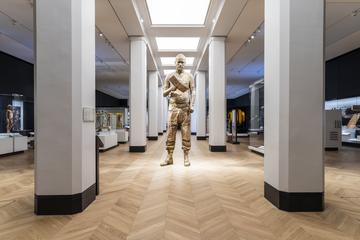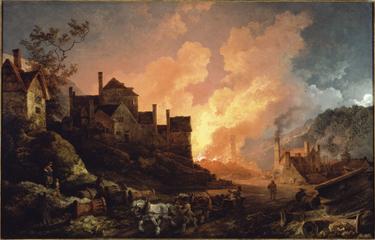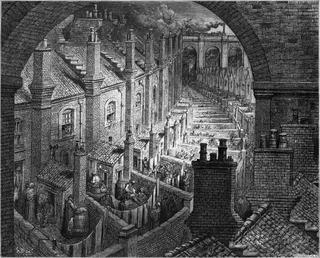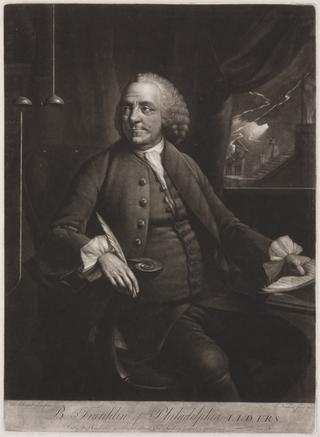
Blue bolt used for structural support of fabric for the site-specific installation 'Wrapped Reichstag', which was developed by the artists Christo and Jeanne Claude between 1971 and 1995. The installation itself existed for 14 days in 1995, 24 June-6 July.
This forms part of a group of material collected by artist Dimitri Launder in 1995, while working as a monitor on the ‘Wrapped Reichstag’ project. Monitors were not paid but could have items signed by the artists at the end of the project. Launder therefore purchased prints and collected ephemera associated with the artwork.
Berlin’s Reichstag building – the seat of the German parliament and famous site in German history – was wrapped by the artists Christo and Jeanne-Claude for 14 days in the summer of 1995. The Reichstag was then under the joint jurisdiction of the East and West Berlin authorities. Though scarcely used, it embodied the site’s political sensitivity. It was only following the reunification of Germany that the project was accepted, after being turned down three times in 1977, 1981 and 1987. The cost of making the work was immense, around 15,000,000 $US, and entirely self-funded by the artists. It proved an immediate success with 5 million visitors flocking to the site. It was a poignant transformation in a moment of struggle over Germany’s national identity.
The project was also a feat of engineering and infrastructure. The Reichstag was covered with 100,000 square metres of aluminium-coated silver fabric, usually used in water filters, and tied by 15 kilometres of blue rope. The relief faces, towers, and roof were covered with 70 panels of fabric, while the rest was draped. The steel was attached only to the roof and the interior, through the windows, not disturbing the stone facade. More than 200,000 kilograms of steel frames enveloped the Reichstag during the project. The materials required were created by ten companies in Germany and designed, monitored and installed by over a thousand assistants. They were recycled after dismantling.
‘Wrapped Reichstag’ proved a cultural and economic event, as well as an artwork and political happening. Christo and Jean-Claude see their art as much about process as product. Monitors wore T-shirts stating, ‘Wrapped Reichstag 1971-95’ since the work began with its first conception in 1971, making every early sketch, letter to the German Government, debate in the German press and street-corner argument part of the artwork. All of Berlin responded to the moment, with an entire economy and ecosystem developing around the project. The monitor’s t-shirt could be sold immediately for €500 and ephemera related to the project was used as currency for food and drink across the city.
Christo and Jeanne-Claude's interventions in the natural world and built environment alter the physical form and visual experience of a site. Wrapping the Reichstag allowed the physical structure of the building to take on a new identity: concealing the actual building revealed the essential infrastructure and proportions of the architecture. The effect of Christo and Jeanne-Claude’s works lasts longer than the temporary installation, interrogating what constitutes man-made and engineered structures. ‘Wrapped Reichstag’ therefore acts to question infrastructure’s place in society, especially public buildings.
Details
- Category:
- Art
- Object Number:
- 2022-674
- Materials:
- metal (unknown)
- Measurements:
-
overall: 77 mm x 64 mm x 10 mm,
- type:
- bolt
- copyright:
- Christo and Jeanne-Claude




